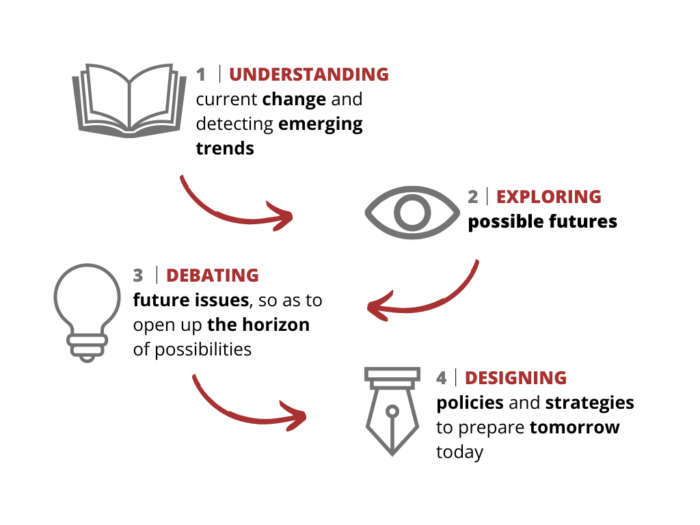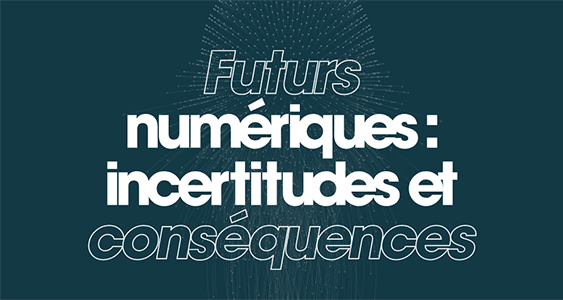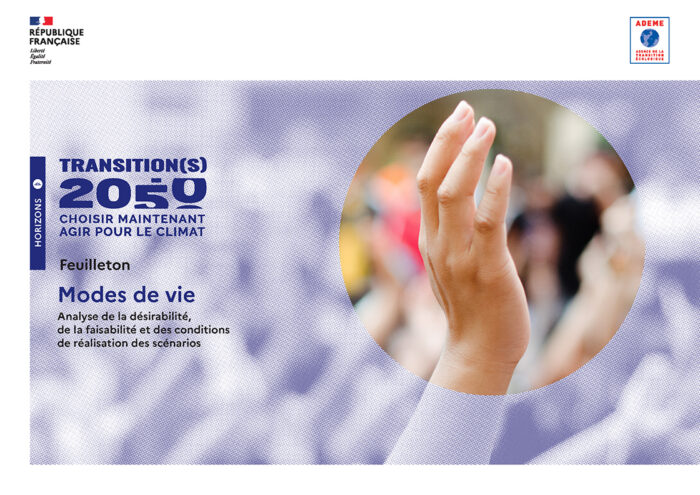Stéphan Vincent-Lancrin and Kurt Larsen present in this article the main trends in transnational higher education over the last decade and the prospects for the future. Among these trends, they stress in particular the growth in numbers of students registered for foreign educational programmes (whether in another country, imported into their own country or available on-line), and the increasing diversity of the transnational programmes offered (courses taken abroad or offered jointly via foreign institutions or e-learning).
The authors also discuss the current strategies for making higher education more international: promoting “mutual understanding” (scholarships and university exchange programmes, partnership arrangements between institutions), mobility of suitably qualified people (more active and targeted recruitment of students), more diverse sources of funding (i.e. adding commercial aims to the two previous ones), and finally bolstering what other countries are able to offer their own students through the export of higher education courses.
After a discussion of the considerable potential growth of transnational education in the next 15-20 years, the authors propose three possible scenarios: education will continue to become increasingly diverse and international, the free market model will become more and more the norm, and/or the former developing economies will become highly successful.
Three Scenarios for Transnational Higher Education
Cet article fait partie de la revue Futuribles n° 333, sept. 2007


